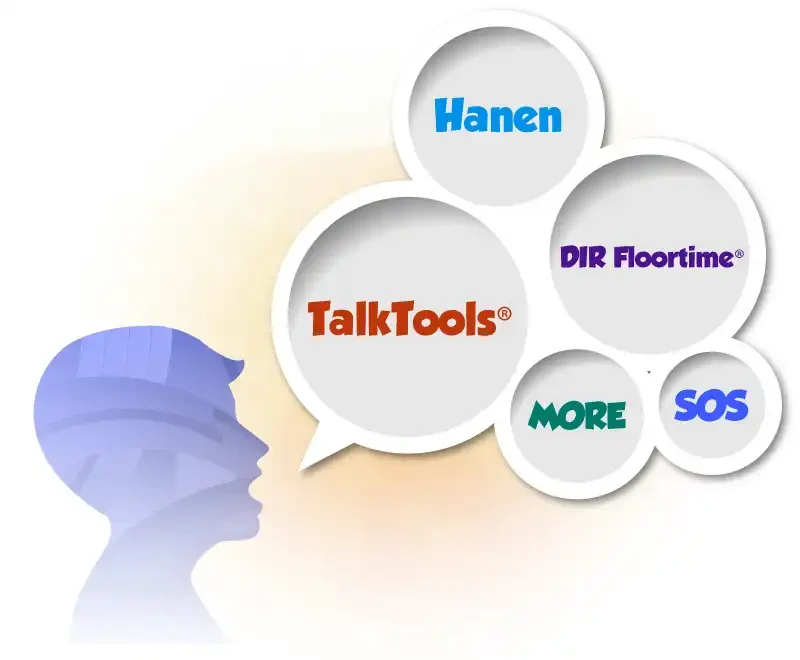Every child is different, and therefore we provide an individualized intervention plan. We maximize progress in speech, language and communication by combining the most recent evidence based research and treatment methods.

We maximise the child’s progress in speech, language and communication by combining the latest and most effective treatment methods. Our Speech-Language Therapists are trained and experienced in a variety of popular treatment modalities, which include:
- Hanen Programs
- It Takes Two To Talk
- More Than Words
- TalkAbility
- Social Thinking
- PECS (Picture Exchange Communication System)
- DIR Floortime®
- Sequential Oral Sensory (SOS) Approach to Feeding
- Lidcombe Program
- Nuffield Dyspraxia Program
- PROMPT
- TalkTools®
Key collaborations are important in the child’s therapeutic journey at Dynamics Speech. We strongly believe that parents and caregivers play a vital role in the success of the child’s therapy. They can provide support and reinforcement in learning when the child is at home. As such, we actively partner with the child’s parents and/or primary caregivers and support them through parent training, relevant resources and maintain regular and open communication throughout the child’s therapy.
We also ensure the child receives integrated care and support, if needed, through seamless and effective collaborations with Dynamics’ in-house multidisciplinary team of healthcare professionals.
Andrew was brought to Dynamics Therapy Group by his concerned parents, seeking support for his language development. At 2 and a half years old, he hadn’t yet started using words to communicate, relying mainly on gestures in his interactions. This led to challenges expressing himself and his needs, causing occasional frustration, even resulting in incidents of biting and pushing other children at daycare. These behaviors impacted his relationships and social skills there. Concerned about his progress, Andrew’s parents decided to seek help from a speech therapist.

Initially, Andrew was reserved during therapy, often communicating through pointing and directing his parents to toys he liked. The speech therapist focused on creating a comfortable, safe space for Andrew and his parents during sessions. Over time, Andrew began attempting the language modeled by the therapist and his parents.
The therapist also collaborated closely with Andrew’s parents, offering guidance on supporting his language development at home. They learned techniques to stimulate language and incorporated visual aids into Andrew’s daily routines and play.
Through consistent effort, Andrew started using words, phrases, and eventually sentences to communicate. His school teachers noticed a clear improvement in his language abilities. Andrew began expressing himself to both teachers and peers, and incidents of frustration at school decreased significantly.
Note: The identities of the individuals mentioned in the success story have been altered to maintain confidentiality.